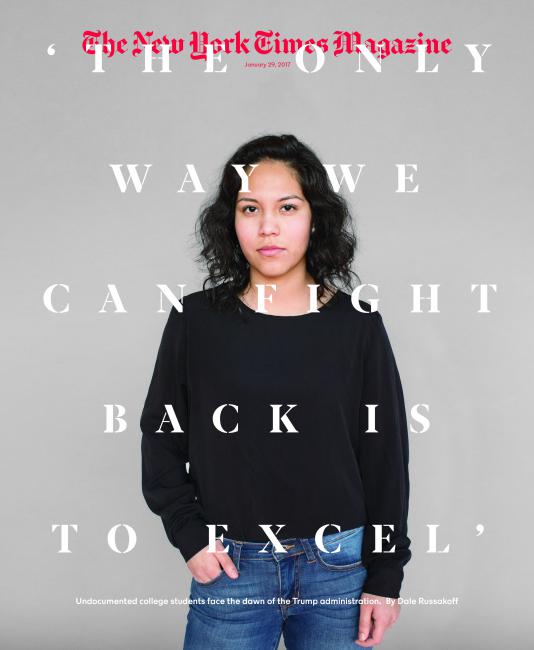Recently I was diagnosed with Best Disease, or vitelliform macular degeneration. Named after the doctor who first presented on it, Dr. Friedrich Best, it’s a very rare eye disease that affects your central vision. Very little is known about it and there’s no cure. It’s hereditary and dominant but its effects vary so widely, from hardly any impact on your vision to becoming legally blind, that most families are unaware that they are carrying it or that they have a 50% chance of passing it on to their kids.
For me, so far at age 42, the effects are manageable and minimal, but very inconsistent. Overall, I can still see fairly well. Before my diagnosis, I didn’t even wear glasses, except for when I’m driving. I will now. Bifocals, in fact. But, everything is always a little blurry. Sometimes I can see things very clearly. Other times, I can’t see things if they first appear in my central field of vision. I don’t mean that they’re too fuzzy or too hard to see. I mean, they just aren’t there. To me, they don’t exist. I have difficulty focusing on images or seeing things when there is too little contrast or not enough light. I fail colorblind tests. I can’t track the cursor on the computer screen. I have trouble making out the details in people’s faces. And I can still read, but it’s much harder to read out loud without hesitating over words.
Having Best disease kind of sucks, but not really. I’ve already been adjusting to limited vision for at least 20 years now, so it’s a big relief to finally know why bikers who I hadn’t seen even though I was very carefully looking would suddenly appear in my peripheral vision or why I would become so overwhelmed in the grocery store trying to find that one item on the shelf or why I freaked out when I had to try and read the menu board at a fast food place or why I would hate driving to new houses because I could never see the house numbers or street signs as quickly as I needed to or why images on a billboard just didn’t make sense as images or why I never seemed to be able to recognize the faces of people that I had encountered regularly, but might not talk to that often. I wasn’t losing my mind. I didn’t have some serious neurological problem. I just had a freaky eye thing, where the cones and rods in my central vision resemble scrambled eggs and everything looks just a little fuzzy.
Yes, Best disease is a big deal. Yes, there is no cure. Yes, it will most likely mean that one day I won’t be able to read without a magnifying glass or that I might not be able to see people’s faces because my central vision is reduced to a gray, blank, fuzziness or that I could trip and fall on the stairs because I can’t see the step. And it has already meant that I didn’t swim in my first ever open water swim race, the one that I signed up for way back in January and was very excited about doing but had to gut-wrenchingly drop out of at the last minute because there was too much fog and I wasn’t sure that I’d be able to see the buoys to stay on course, which were green and I probably wouldn’t have seen them even if was a perfectly clear day because Best in some ways mimics red-green deficiency so I have a lot of trouble seeing green.
But, Best disease isn’t that bad and it has it’s benefits. At least for me. So, I’m starting a list, one that I hope to add onto as I encounter new reasons, for why Best disease is the best disease.
Here’s a reason that I discovered last Friday when my daughter came home form school and told me that she couldn’t eat the sandwich I had made her because it had mold on it:
I don’t have to make my daughter’s lunch for school anymore!
Because of my quirky vision, I couldn’t see the mold on the bread. And I might not see it again. While she was impressively relaxed about it, moldy sandwiches will not work for my daughter, who is a self-proclaimed “germaphobe”. Since she knows that I can’t guarantee that I will see that mold, I’m off the hook! Free from the toil of making sandwiches day after day after day. Free from having to figure out if I’ve put the proper amount of peanut butter on it or correctly guessed the jelly du jour or if I should use the ham that we just bought because she had to have it or the turkey that she likes all the time, except for when she doesn’t. I can live with that.
